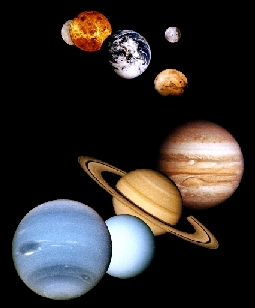A montage of all the planets, except Pluto.
Click on image for full size
NASA/JPL.
Motions of the Planets
For many years, people believed that the
Earth was the unmoving center of the universe and that the
planets,Sun,
moon, and the stars moved on
spheres around the
Earth. Astronomers such
as
Copernicus and
Galileo suggested that a Sun
centered solar system offered a better way to understand the motions
of these objects in the sky. But people weren't ready to accept that
the Earth wasn't the center of the universe.
Johannes Kepler studied
the planets and the work of his teacher, Tycho Brahe, and proved that
this theory could explain the motions of planets. His research
revolutionized astronomy.
From these observations, Kepler formulated three laws of planetary orbits which describe
how the planets move on their orbits around the Sun. By studying the
observations, Kepler derived these laws, but he didn't understand why
planets are forced to move in this way. The concept of gravity wasn't
fully understood until Isaac Newton, who could
then show that Kepler's laws are simply a consequence of the
gravitational attraction between the Sun and the planets.
You might also be interested in:
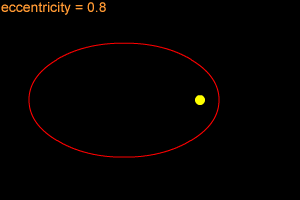
You may think that most objects in space that orbit something else move in circles, but that isn't the case. Although some objects follow circular orbits, most orbits are shaped more like "stretched
...more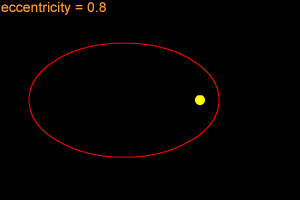
You may think that most objects in space that orbit something else move in circles, but that isn't the case. Although some objects follow circular orbits, most orbits are shaped more like "stretched
...more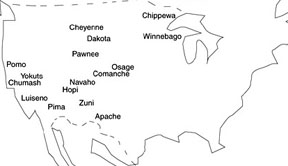
People from Asia crossed the Bering Strait into North America. These people were first in this new land and so they are known as Native Americans. Over time, these people broke into tribes (as seen on
...more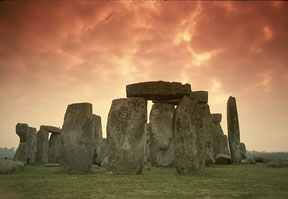
"The movements of the heavenly bodies are an admirable thing, well known and manifest to all peoples. There are no people, no matter how barbaric and primitive, that do not raise up their eyes, take note,
...more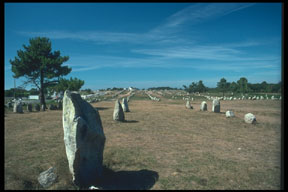
The stones of Carnac, France, are probably the most famous stones markings outside of those found at Stonehenge in England. There are many, many stones at Carnac. And these stones are very old too, the
...more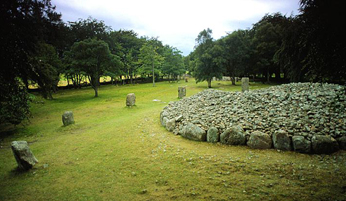
Not too far from Loch Ness, there lies three giant tombs made of stones. They are called the Balnuaran of Clava. The Balnuaran of Clava, giant tombs encased in stone, can be found close to Inverness in
...more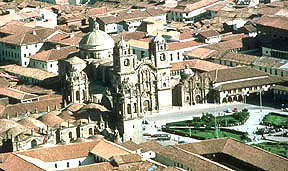
Cuzco is located in Southern Peru. It is the ancient capital of the Inca Empire. It is the oldest, continuously occupied city in the Americas. In ancient times, Cuzco was the ceremonial capital and hub
...more


